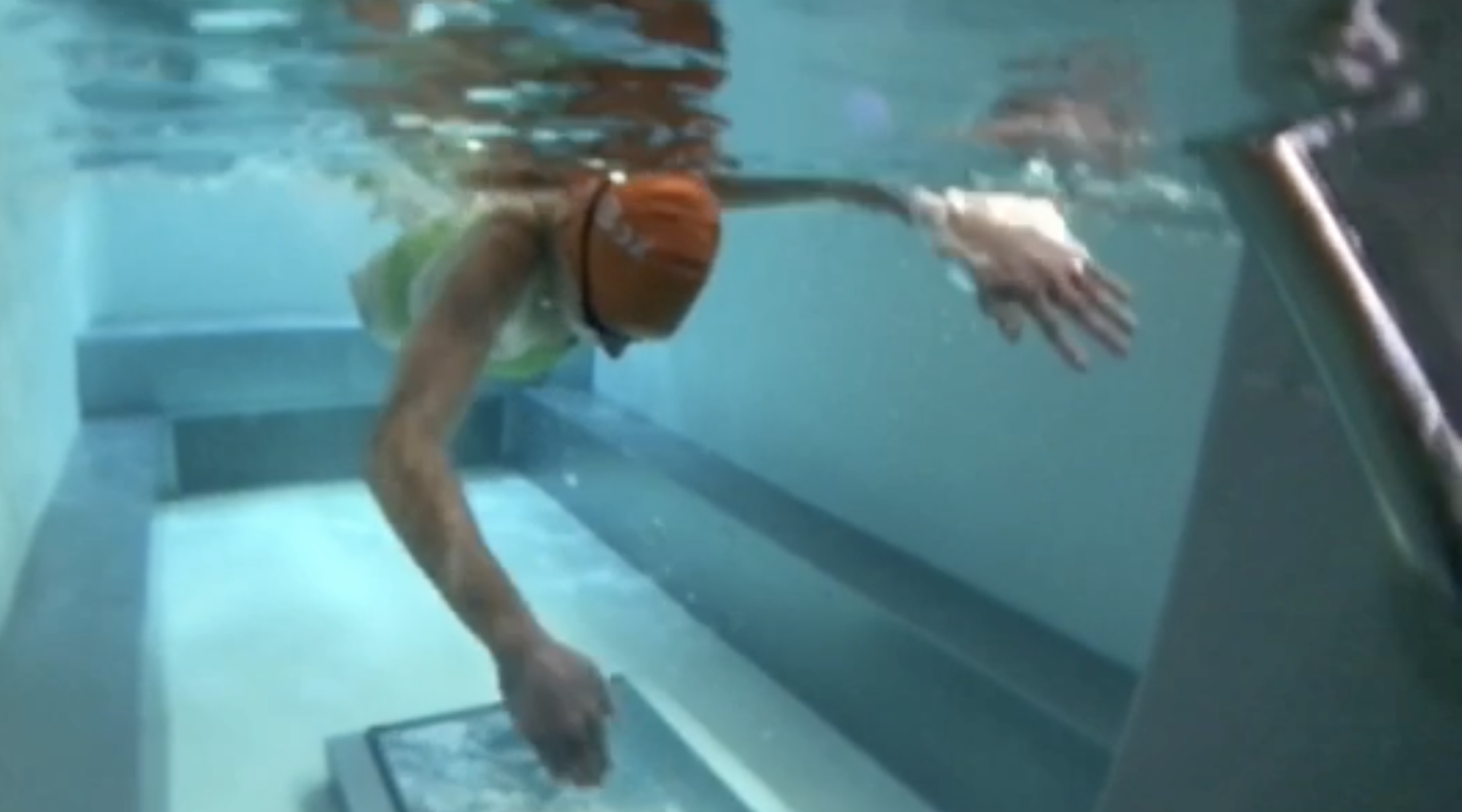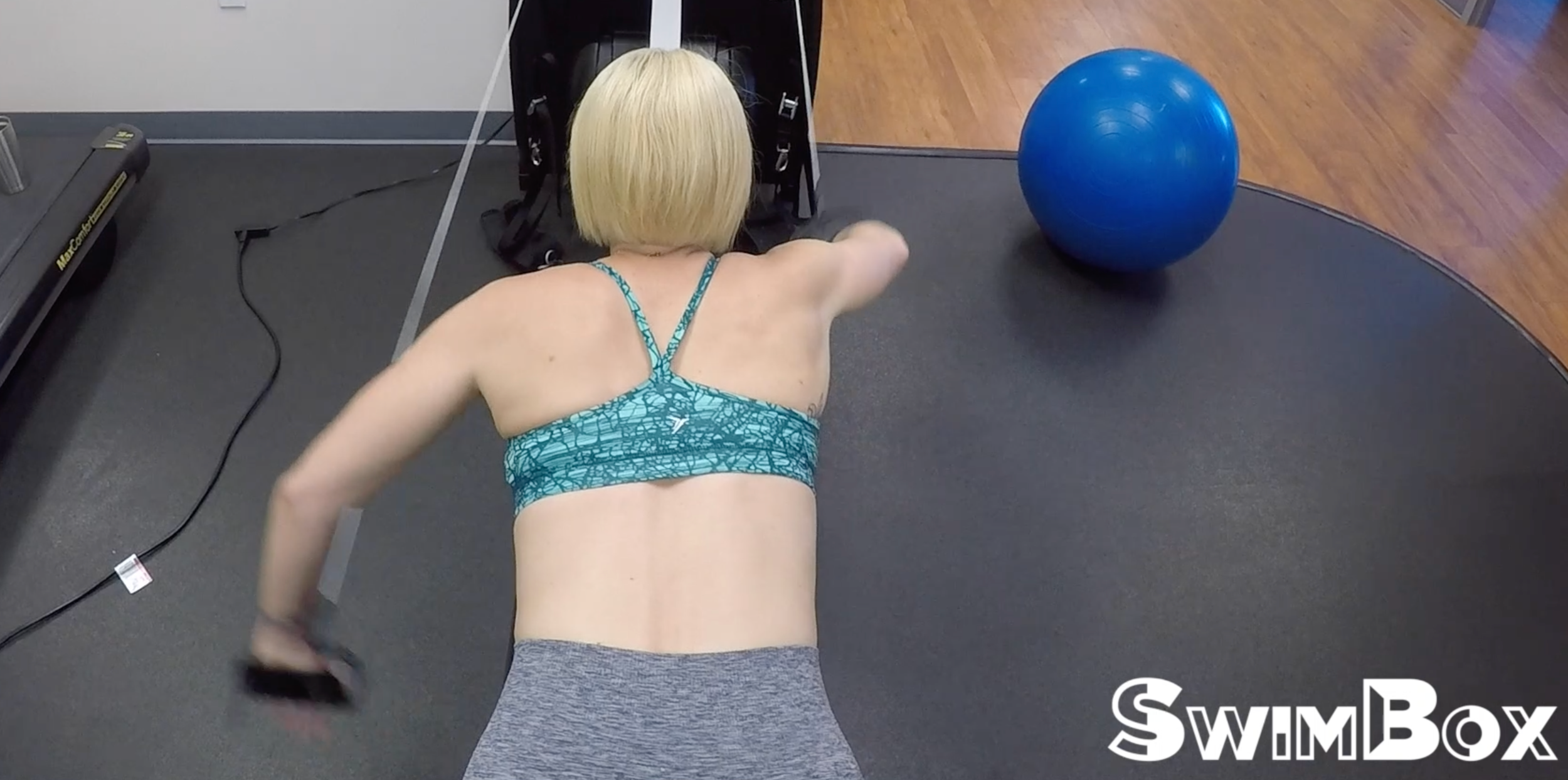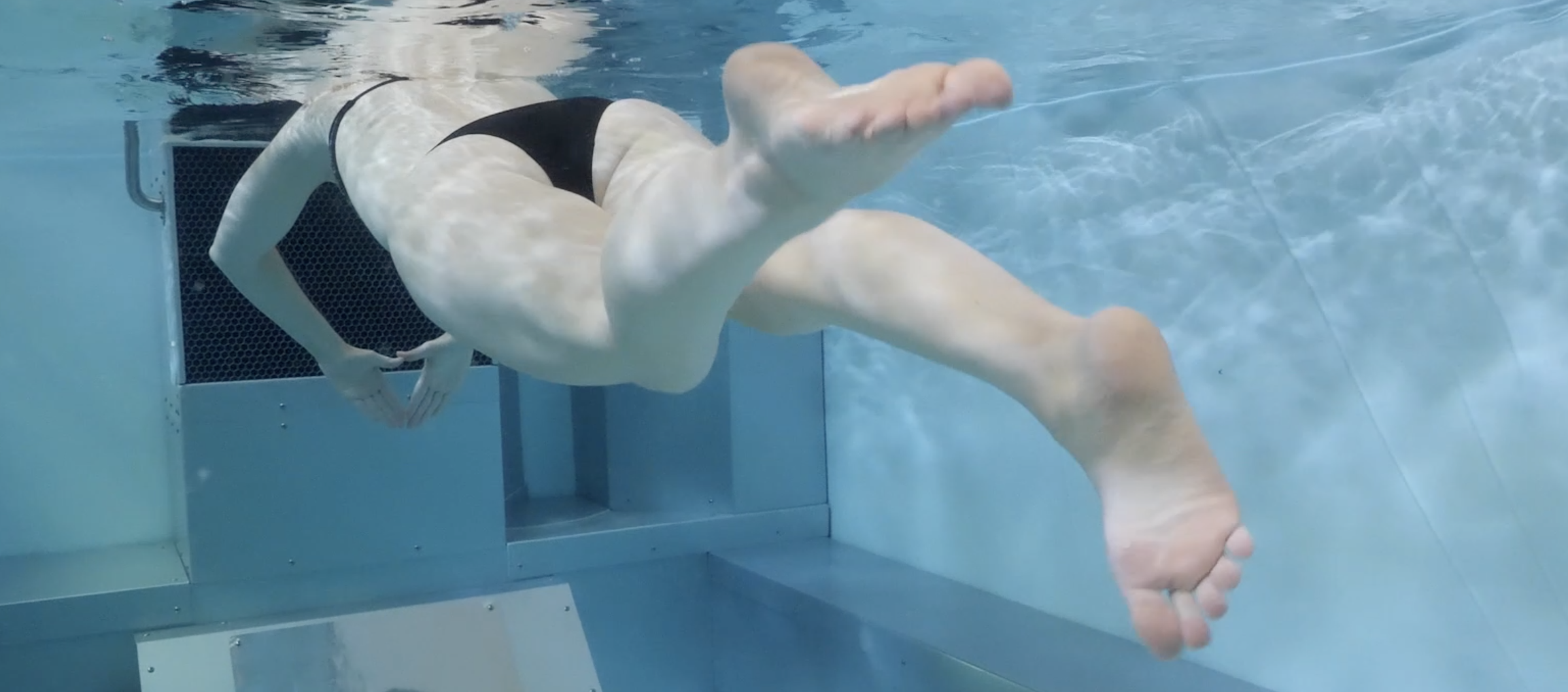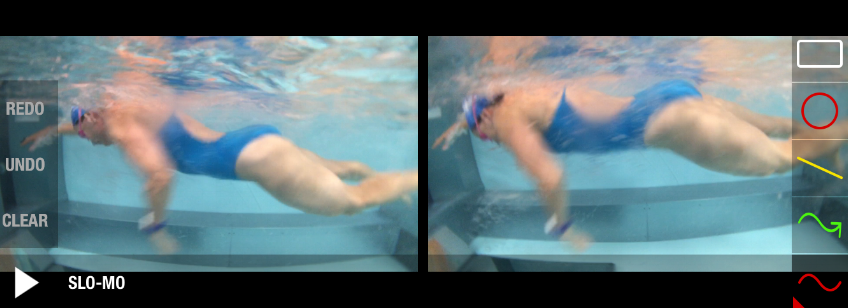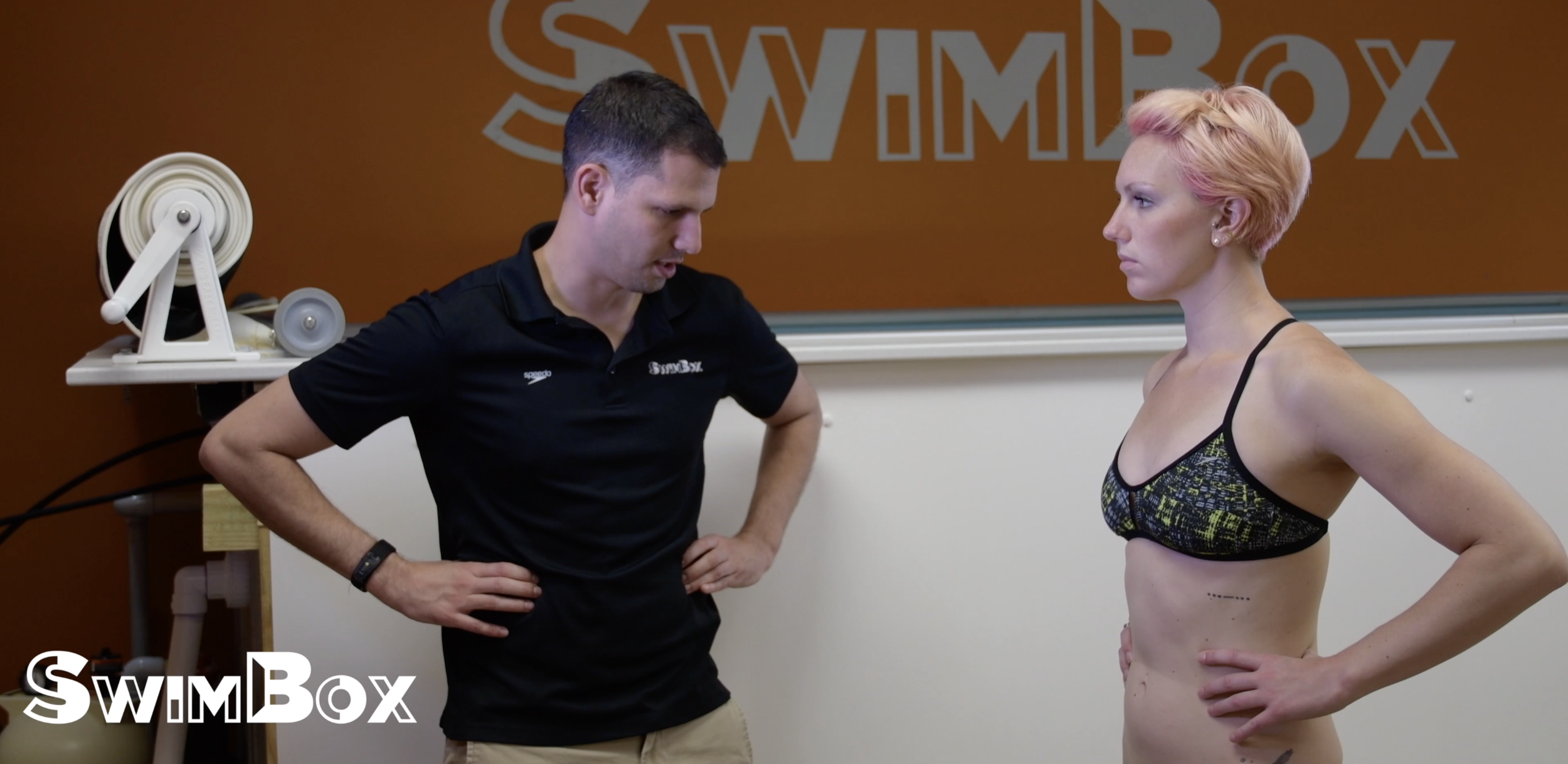Why Paddles Should Double as Hats
I know you’ve all jumped in the pool and thought to yourselves, “Gee, how can I use my training gear in a way it wasn’t made for?” And by that I mean I doubt anyone has ever had that thought, and this is the very reason why I question my husband’s sanity at times. But, since he thinks outside the pool (see what I did there? or maybe I should have said “outside the SwimBox,” take the one you like better and re-read this last sentence. Go on, I’ll wait) and plays around with these things, I now present to you my all time favorite drill. Paddlehead.
I love this drill because you DO NOT NEED a coach to practice it. Yes, you heard me correctly. The paddle gives you all the feedback you need to know if you’re doing the drill properly or not. And what does the drill work on? Head position.
Paddlhead drill is the perfect drill to use to help you learn proper head position in freestyle. For beginners you’re going to start the drill WITHOUT taking a breath. No, I’m not asking you to hold your breath and swim until you pass out (although that might be a fun contest…). I mean when you’re first starting this drill, take 6-8 strokes - or however many strokes you can take without needing a breath - then stop when you need air. When doing this you want to focus on keeping your head in proper position. What’s that, you’re asking? With the paddle on the crown of your head, look straight down at the bottom of the pool. Make sure you’re not cheating here and pushing your neck downward while doing this drill, as that will more often than not keep the paddle from falling off, and will also take you out of proper head position.
In the image above you can see the exact placement of the paddle that we’re looking for. The paddle should be placed right at the hairline and above the forehead. If you place the paddle directly on your forehead you’ll be able to cheat the whole drill and won’t get any feedback from the drill itself.
After you’re comfortable with your head position and can swim confidently without the paddle falling off, it’s time to add in the breath. Now, this is where things get tricky and sometimes downright discouraging. Be patient! This is the hardest part to have the paddle stay on. When you go to take your breath, focus on keeping your head low to the surface of the water and make sure your chin is pointing slightly down towards your collarbone. If you lift your head up at all, or move out of proper head position, the paddle will fall off when you go to breathe. Don’t try to do this too fast and get frustrated. I tell you this with 100% honesty, we’ve never had a client take a breath for the first time doing this drill and not have the paddle fall off (not even me). This movement takes time and patience to get right, you just have to keep at it.
When taking your breath, try using your eyes to make the movement and have your head follow. It sounds weird, I know, but your head will follow the path that you make with your eyes without having to completely focus on solely moving your head. You want to look down in your eye sockets and try to look about 4 feet behind you. Another cue is to try to look down towards your armpit. Focus on these things when working on adding in the breath, as this is what will help you keep your head low to the water and prevent the paddle from falling off.
For detailed instructions on this drill before adding it to your next swim make sure to check out our video! You’ll be able to see how the paddle stays in place when I go to take a breath and how low you want your head to be in the water.





